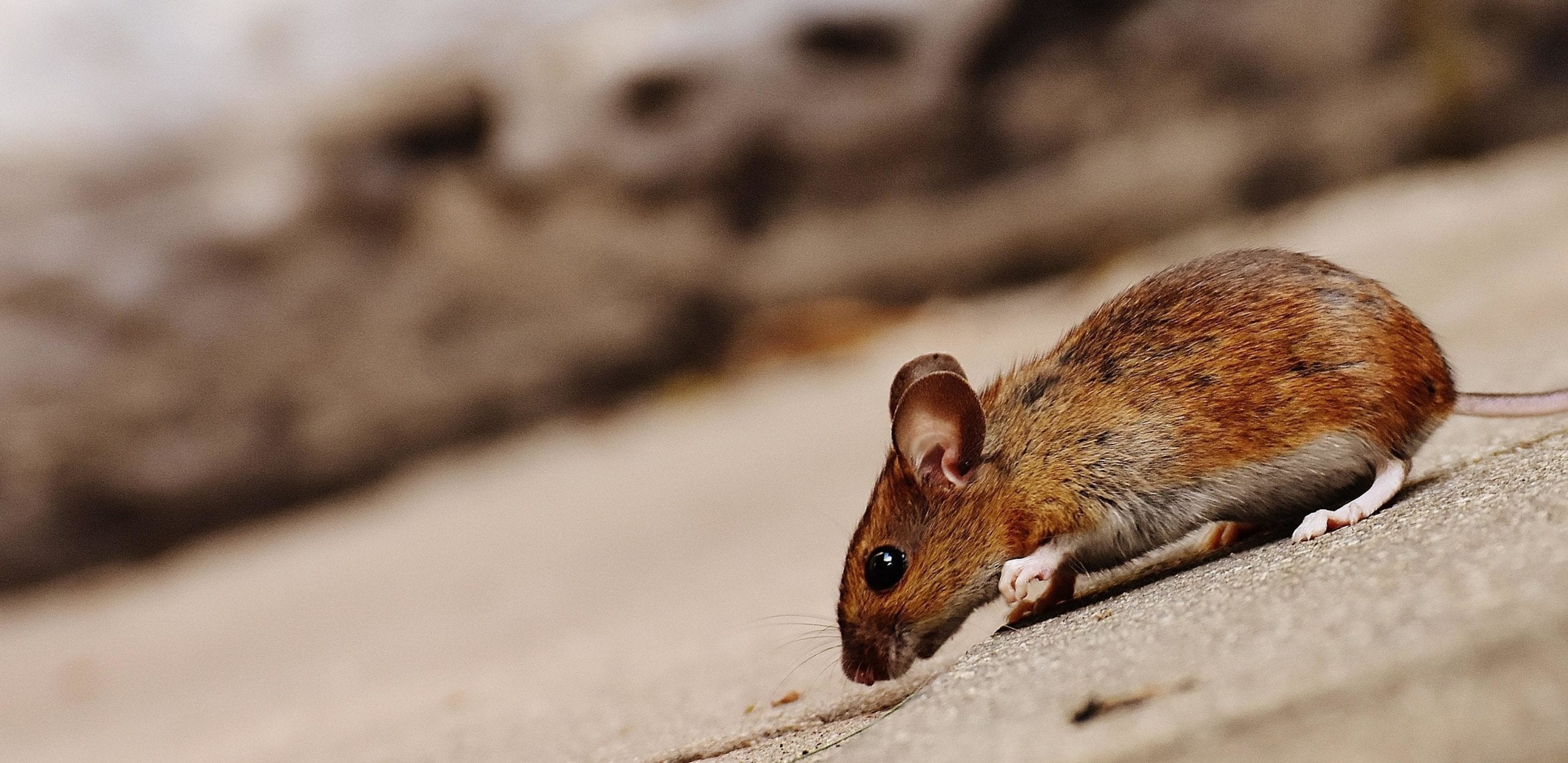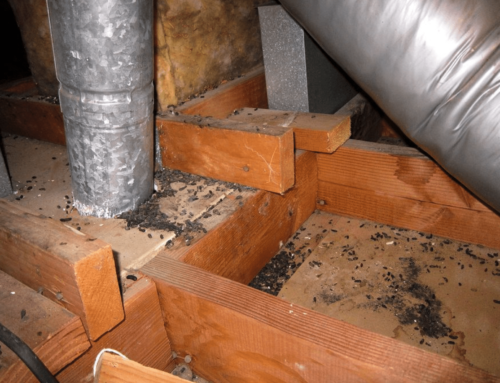Known for being carriers of several types of microorganisms that can lead to serious diseases, rodents—along with cockroaches and scorpions—are the most feared and combated urban pests.
According to the World Health Organization (WHO), rodents are responsible for transmitting, directly or indirectly, more than 35 diseases to humans and animals. It’s not an exaggeration to say that the rodent is a deadly enemy for people and pets.
Bubonic plague, for example, was a disease transmitted by rodents that infected a quarter of the European population in the 14th century. And although hygiene and sanitation conditions have evolved in the world since then, rodents should never be ignored.
The Most Dangerous Diseases from Rodents
Through feces, urine or saliva, rodents can transmit many diseases, as they can carry dozens of microorganisms. Among the most dangerous diseases transmitted by rodents are:
- Leptospirosis
Leptospirosis is an acute, potentially deadly infection caused by bacteria. It’s transmitted to humans through direct or indirect exposure to the urine or feces of rodents.
The bacteria invade your body through mucous membranes or small wounds on the skin. Symptoms of the disease include fever, headache, bleeding, body aches, chills, red eyes and vomiting.
- Hantavirus
A rare disease caused by a virus, hantavirus is transmitted through the inhalation of small air particles formed from the urine, feces, and saliva of infected rodents.
The first symptoms—fever, body pain and headache—can oftentimes be confused with other illnesses. But if the disease progresses, the patient may be exhibit coughing, tachycardia, fever, pulmonary edema, and circulatory shock. Symptoms can take up to 60 days to appear after contact with the virus.
- Endemic or Murine Typhus
Transmitted to rodents by fleas, this typhus usually manifests where there’s a large number of infected rodents in contact with humans. Patients suffer from headaches, pain in the body and joints, chills, fever, and red spots for up to 15 days.
- Rat Bite Fever
Also caused by bacteria, rat-bite fever is transmitted through an infected rodent’s bite. It can also be transmitted through eating food that’s been contaminated with an infected rodent’s saliva. It causes fever, vomiting, and muscle pain. It can progress to pneumonia, tetanus and even heart attacks.
- Bubonic Plague
The bubonic plague is a serious, acute infectious disease transmitted through the fleas of rodents. The plague had a massive impact on Europe in the 14th century, killing millions of people. The epidemic reoccurred several times in the following centuries and is still very dangerous today.
Symptoms include fever, chills, headache, fatigue, muscle pain and swelling of the lymph nodes. The disease has an extremely high mortality rate. In bubonic form, left untreated, it can reach a death rate of 50%, and in pneumonic and septicemic forms, it can reach a mortality rate close to 100%.
Effects that Rodents Have on Your Health
In addition to these dangerous diseases, having direct or indirect contact with rodents and rodent droppings can cause various allergies, mycoses, and scabies. The health consequences aren’t as serious as with the aforementioned diseases, but they have the potential to cause serious inconvenience in daily life.
If you see a rodent in your home, something is very wrong. It means that your property has become an enabling environment for these dangerous beings to survive.
It’s estimated that more than half of the rodents today survive on food consumed by humans and pets. Sources of food left out and unattended, such as bread sitting out on the counter, or trays of dog or cat food sitting on the floor, are their main sources of food.
Types of Rodents
It’s estimated that there are two thousand species of rodents around the world, 50 of which are considered urban pests. Most likely you only know the three most common types: The mouse, the rat and the roof rat.
Of these three types of rodents, the roof rat is the one that concerns health authorities the most. They live on roofs and ceilings in homes, and they can walk on wires, in addition to climbing walls and trees. Pet food left in trays around the house and unattended fruits, cookies and bread are their favorite sources of food.
The common rat is the best-known rodent around the world. They have excellent hearing and smell, and they survive on various cereals, seeds, and food that we discard in the trash or leave unattended and accessible in the house.
The mouse is the smallest of the three most common rodents. These rodents have a highly developed sense of smell, and they can be found more easily in houses and farms, usually in walls and other warm, dry places. They are always close to their food sources.
All three of the most common species of rodents transmit disease with their feces, urine and saliva.
Preventing Disease from Rodents
The most logical solution to avoiding disease from rodent droppings is to keep the rodents out of your house.
Check the pipes of the residence regularly. Rodents can gain access to your home through holes in walls and roofs as well as through your home’s plumbing.
Remove their food source. Poorly sealed food containers and food left unattended can also serve to attract unwanted visitors as rodents are always on the lookout for their next meal.
Rodents are very adept at hiding from threats. Getting rid of them is not as simple as it may seem in the movies—a mousetrap with a piece of cheese on it isn’t going to solve your problem.
Call Us After the Rodents Are Gone
To really get rid of these urban pests, your best bet is to get help from a professional rodent removal service. But even when the critters are gone, you need help cleaning up the remains.
PureOne Services St. Louis has the experience and resources to safely remove all droppings and bodily fluids that are left behind. We will make sure the biohazards are remediated so that they no longer pose a health hazard to humans and pets. We’ll clean and sanitize to remove all traces of the remains, including the odors.
Don’t risk your family’s health. Let us protect them with our professional biohazard cleanup and restoration services.


